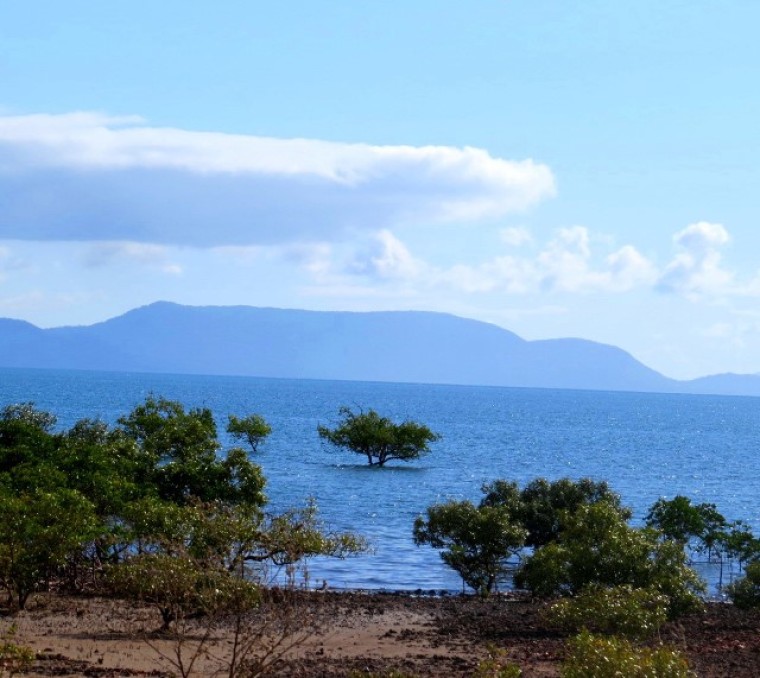

If you've ever been in the snow before, it can be quite an experience. When we stop and consider the unique pattern and design of each snowflake, all created from the same source, it is amazing indeed.
Ever since the first snowflake was photographed on 15 January 1885, there have been millions and millions of snowflakes falling down from the sky, but do we stop and wonder how they are formed? Or where they come from?
I remember the first time I felt snow tickling my nose as it fell down on a wintry Boston day, cupping it in my hands and tasting it on my tongue. It was quite an experience; but even more so when we contemplate the complexity of our own bodies and what we are able to do.
Uniquely formed
Most people know every person has their own unique fingerprint—but do you know we each have our own unique tongue print? We are all human, but we are distinctly different. We all have abilities, but each person's gifts are special. We are all placed on this earth for a reason, yet we all respond to life differently.
After studying the peanut for several years George Washington Carver came up with over 100 ways to use it: including mayonnaise, coffee, shampoo, hand lotion, glue, rubber, plastic, and even an early medicine to reduce the effects of tuberculosis. Imagine—all this from a small peanut!
How do you view yourself?
It is often difficult to imagine ourselves as unique, especially if we compare ourselves to others who seem much more intelligent, lovable, or successful.
If you take a minute, you can see you are made with individually distinct talents and are able to do things others may find hard or impossible to accomplish. Mother Teresa was once quoted as saying 'not all of us can do great things; but we can do small things with great love'.
When I was growing up, being different was frowned upon. I liken it to the Chinese proverb 'the nail that sticks out gets hammered'. Kids in classrooms seem to side with the majority, not the minority.
As I moved to high school and into adulthood more and more emphasis was placed on standing out, breaking out of the mould, or being different. The value shift was incredible. It seems nowadays the more unique, or different you are, the more you are able to be recognised and share your uniqueness with others.
Heavenly creativity
I often look to the stars; when I first look up they look similar, especially on a foggy night, but as the sky clears each star starts to look a little different.
Reading about ordinary people who were able to stargaze into the sky and see comets shooting was always fascinating to me. Many comets are named for the person who discovered them, as though the uniqueness of a comet is only recognised once it is named. After someone names the comet it becomes tied to their existence and is transformed into something different, something to anticipate.
Often we overlook our uniqueness. When we consider the perspective of a grander reality, each of us is uniquely formed only by God's supreme creativity. As we identify ourselves as a creative reflection of our Creator, we can see then our own identities are part of being made in the image of God.
I believe we all have a unique identity tied to our own lives—something distinct and recognisable as uniquely different.
A third-culture-kid born in Australia to Indian parents, Joseph recently returned from California where he was studying theology, and has been working for the US Center for World Mission; his love of books and writing has now drawn him to PSI.
Joseph Kolapudi's previous articles may be viewed at http://www.pressserviceinternational.org/joseph-kolapudi.html
